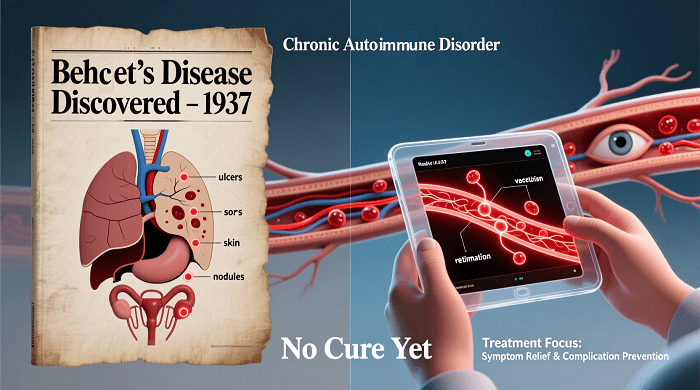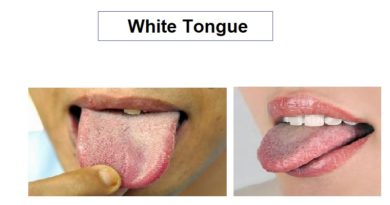Behcet’s Disease Treatment: Understanding Your Options
Last Updated on 10/23/2025 by Helal Medical
Behcet’s disease (or Behcet’s syndrome) was discovered in 1937, but with no cure till now! It is a chronic, rare autoimmune condition. It is characterized by blood vessel inflammation (vasculitis). This inflammation can cause problems in various parts of the body, including the mouth, genitals, skin, and eyes. Currently, there is no cure for the condition. The primary goal of Behcet’s Disease Treatment is to alleviate symptoms. The treatment aims to reduce inflammation. It also seeks to prevent serious complications, such as vision loss or organ damage.
History
The condition is now known as Behcet’s Disease (or Behcet’s syndrome). It was officially discovered and described in 1937 by the Turkish dermatologist, Dr. Hulusi Behçet.1
He published his findings based on his observation of patients. These patients presented with a unique combination of recurring oral ulcers, recurring genital ulcers, and eye inflammation (uveitis). The syndrome was later named after him.2
- While Dr. Behçet published his definitive description in 1937, he began observing the complex of symptoms in his patients around 1924–1925.
- The syndrome’s distribution is strongly linked with countries along the historical Silk Road (East Asia, Middle East, and Mediterranean countries).
The discovery of Behcet’s disease provided a framework for diagnosing and studying this chronic systemic vasculitis.
Behcet’s Disease Treatment Options
Treatment strategies are highly individualized and depend entirely on the severity of your symptoms and the specific organs affected.
I. Localized Treatments for Mild Symptoms
For mild flare-ups, physicians often prescribe treatments applied directly to the affected area:
- Topical Corticosteroids:
These creams and ointments are used directly on the skin to help heal painful genital or skin ulcers. - Corticosteroid Mouthwashes:
Special rinses help reduce the pain of recurring oral ulcers. They also decrease their frequency. Recurring oral ulcers are a hallmark of the disease. - Anti-inflammatory Eye Drops:
These are used to manage minor eye inflammation. But, severe uveitis requires systemic medication to prevent permanent vision loss.
II. Systemic Medications for Moderate to Severe Cases
When the disease affects major organs, causes severe skin issues, or involves joint pain, systemic (body-wide) treatment is necessary:
- Colchicine:
This powerful anti-inflammatory drug is often used to manage joint pain and reduce the severity of oral and genital ulcers. - Oral Corticosteroids (e.g., Prednisone):
These are highly effective for quickly controlling severe inflammation. Due to potential side effects like weight gain and osteoporosis, they are often used for a short duration or in combination with other drugs to minimize the dose. - Immunosuppressive Drugs:
These medications work by calming the immune system to stop it from attacking healthy tissues. They are crucial for treating severe cases, particularly those affecting the eyes, nervous system, or major blood vessels. Common examples include Azathioprine, Cyclosporine, and Cyclophosphamide. You can read more about how these drugs work to control inflammation on sites like WebMD. - Biologics:
For patients who do not respond well to traditional immunosuppressants, drugs like TNF-alpha inhibitors may be prescribed. These targeted therapies block specific parts of the immune response. Learn more about the diagnosis and management of this condition from reliable sources such as the Mayo Clinic.
Summary
While Behcet’s Disease Treatment cannot offer a cure, a combination of medications is highly effective in controlling symptoms. These medications are tailored by a rheumatologist or specialist. They are also effective in managing flare-ups and helping patients keep a good quality of life.
Was this helpful? Share! And subscribe to our website so you never miss new health article! Contact us at Helal Medical today.
Discover more from Helal Medical Manila
Subscribe to get the latest posts sent to your email.



